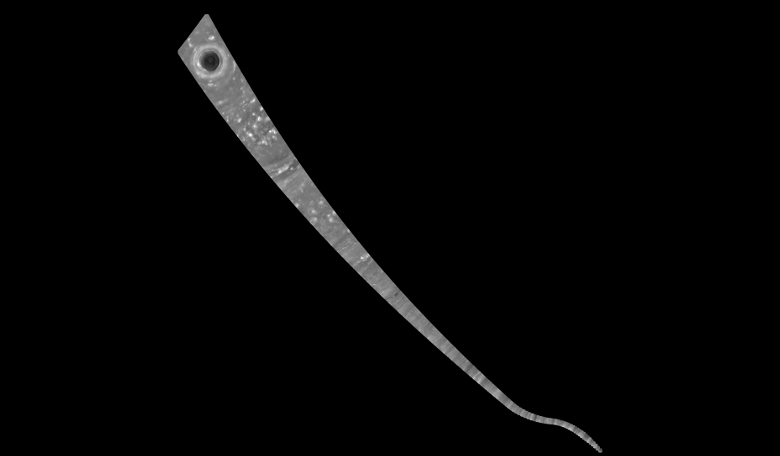Even in the last phase of its Grand Finale mission, Cassini is still discovering surprises about the inner workings of Saturn. Its latest revelation is that the magnetic field of the spectacular ringed planet has no discernible tilt, a finding that is at odds with scientists' theoretical understanding of how magnetic fields are generated.
The discovery also means that the true length of Saturn's day is still unknown. The tilt, which has been determined by Cassini's magnetometer instrument, is much smaller than the lower limit of 0.06 degrees that was calculated by the spacecraft's magnetometer data prior to the start of its last mission.
Magnetic fields within planetary bodies are thought to be generated by currents flowing through liquid metal (or in the case of Saturn, liquid metallic hydrogen). These currents are sustained due to the tilt of the field, but if there was no tilt, the currents would eventually subside and the field would dissipate.
Saturn it would seem, has barely a tilt, so how is the current being preserved? "The tilt seems to be much smaller than we had previously estimated and quite challenging to explain," said Michele Dougherty, Cassini magnetometer investigation lead at Imperial College, London.
The tilt also helps scientists figure out how long a day is on Saturn, as a tilt to its magnetic field would make the daily wobble of the planet's deep interior observable, and from that the true length of the ringed planets day could be ascertained. So far however, it has proven quite elusive.
"We have not been able to resolve the length of day at Saturn so far, but we're still working on it,” added Dougherty.
Soon, scientists will have more than just its magnetic field to study as Cassini has been busy sampling the planet's atmosphere and main rings for the first time. Many nanometer-size ring particles have been collected by the spacecraft's cosmic dust analyser (CDA) instrument that will in time provide tantalising new insights about their composition and structure.
Not only that but Cassini’s ion and neutral mass spectrometer (INMS) has been actively inspecting Saturn’s outermost atmosphere – the exosphere. Results from this preliminary data have not yet been released but important information on the composition of Saturn's atmosphere is expected to be gathered when Cassini takes its final plunge.











